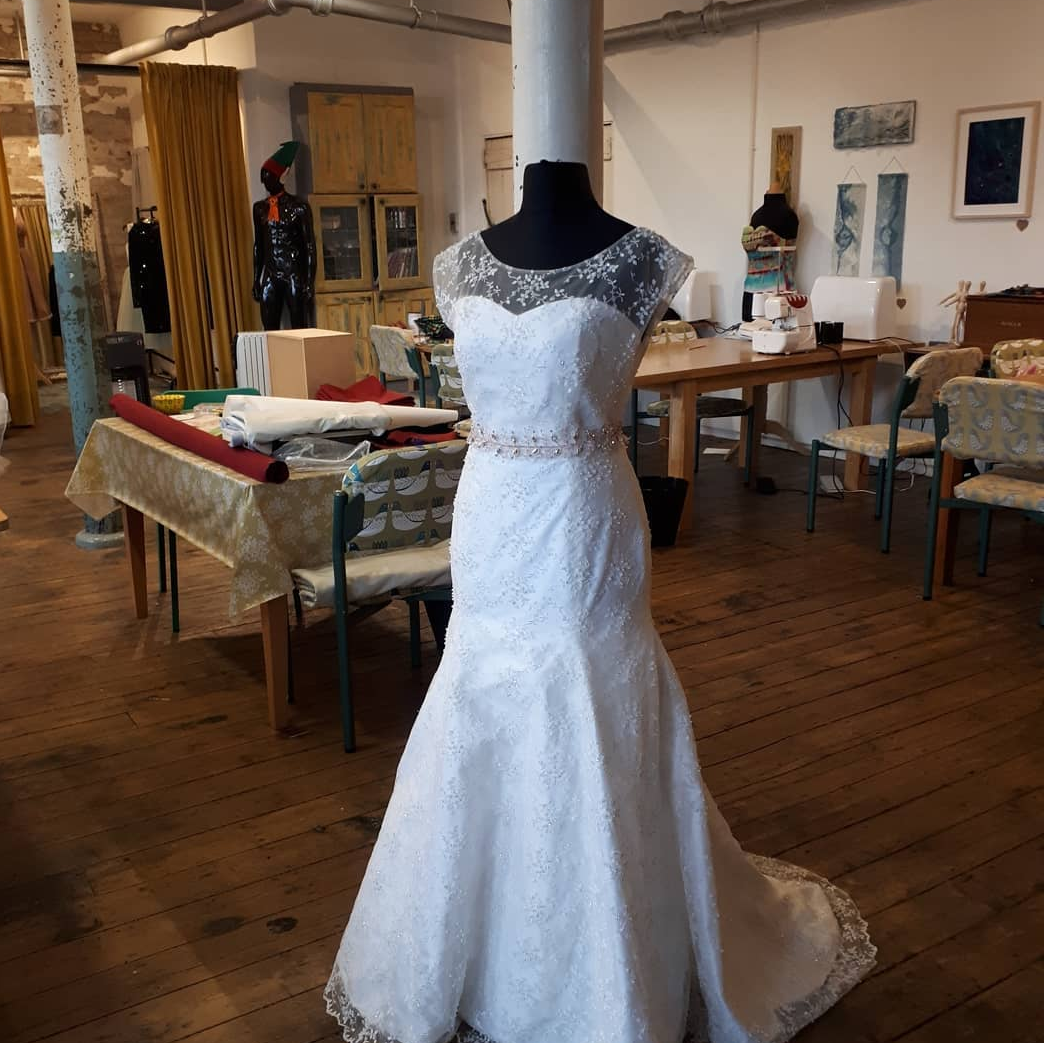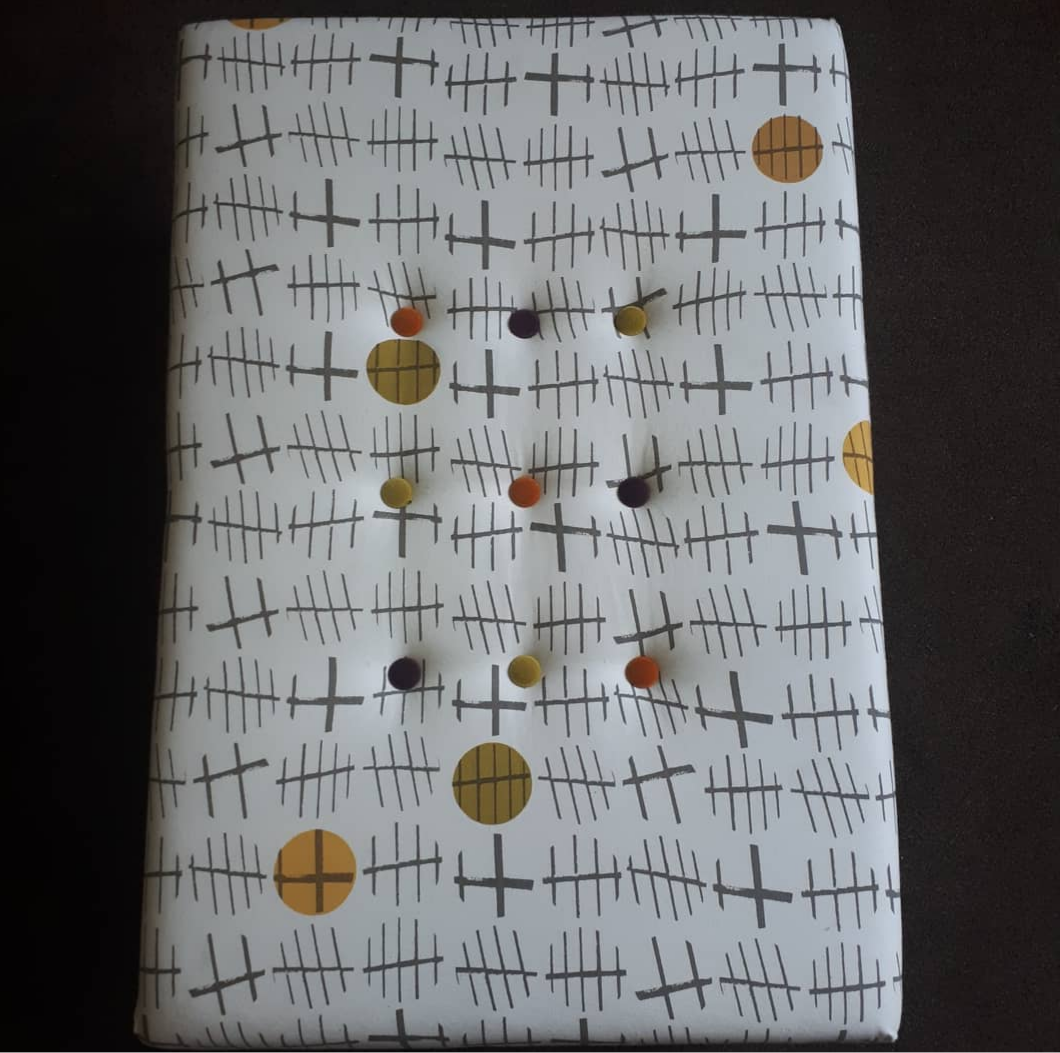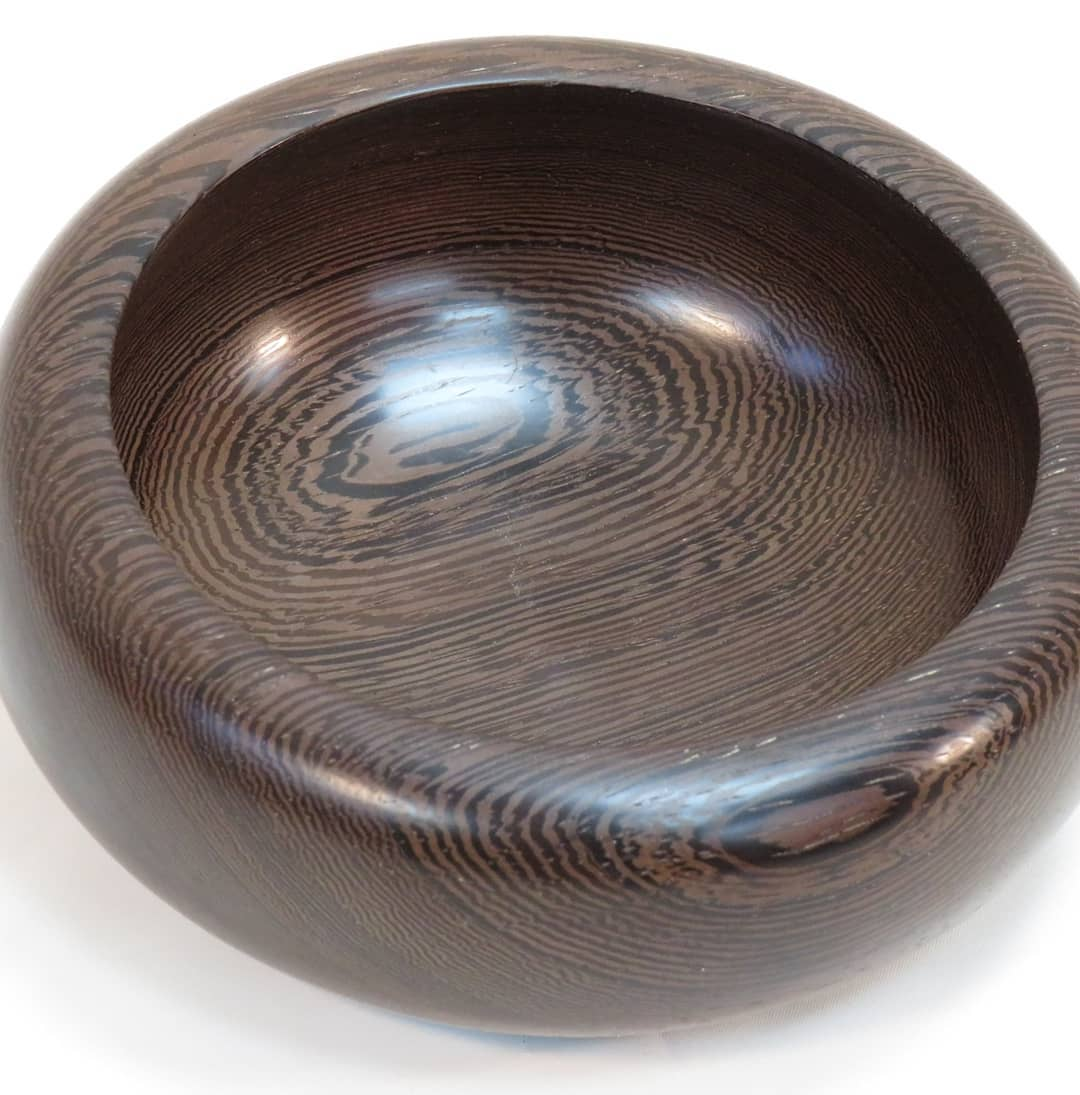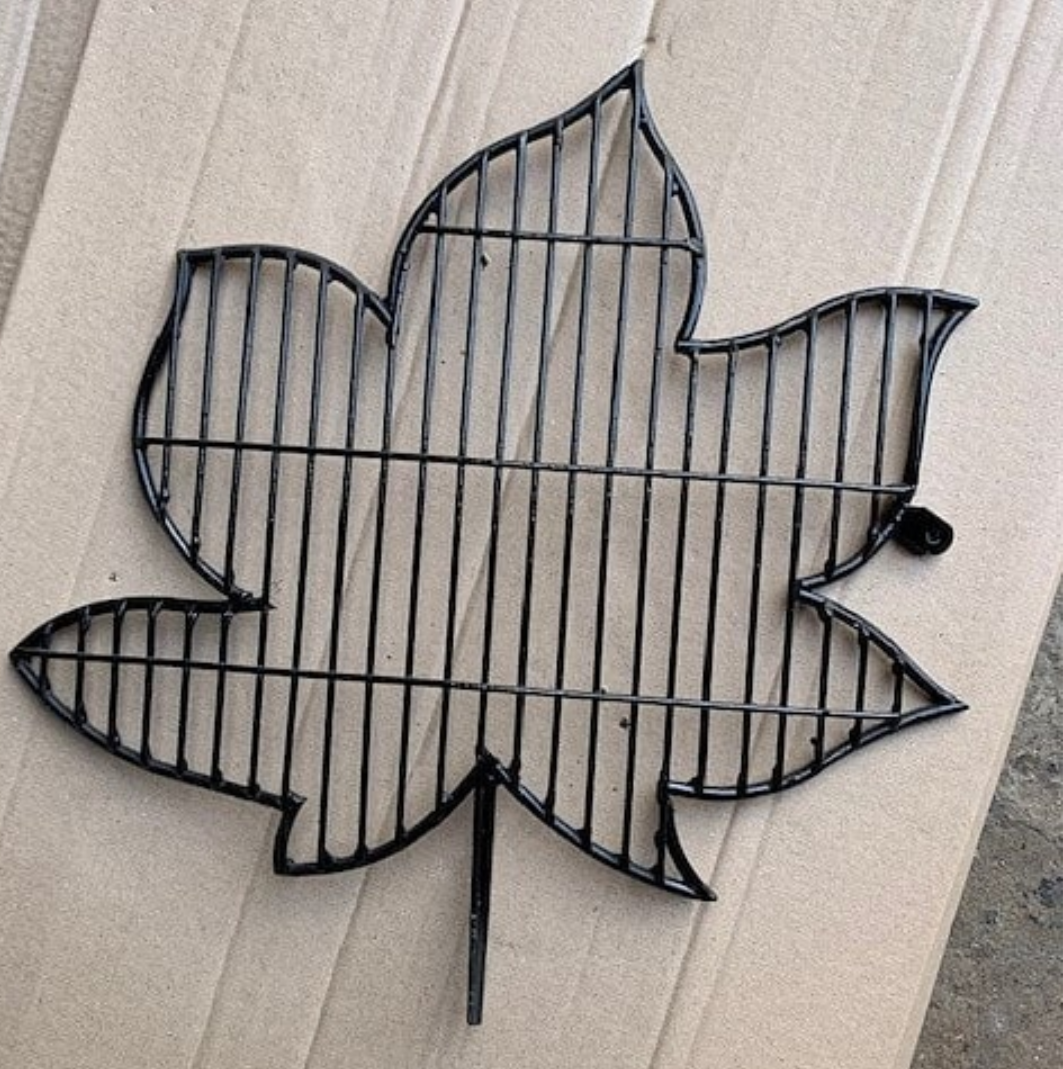When I started helping out at the OPW on a voluntary part time basis, one of the first things I was asked if I would be interested in was The Old Print Works’ contribution to the March Meet the Maker hashtag. The idea behind March Meet the Maker is to effectively allow makers a greater level of exposure as well as a chance to explain their work and process beyond the physical product of their endeavours. One of the problems that makers face in the internet age is anonymity. Often the makers’ work can be entirely functional and therefore the base idea and brain behind the product can be overlooked. This is a shame as, while work can often speak for itself, the nature of the process is lost on the consumer.
Woodwork by Jeremy Sykes
March Meet the Maker is simple but also manifold in purpose. Rather than simply advertising their wares to pre-existing followers it instead allows small artisanal businesses to enter a wider community on social media. One entirely maintained by fellow creatives. The idea was for me to gather together information and photos from makers in the building and release twice-weekly posts over Instagram focusing on individual makers.
As The Old Print Works plays host to numerous creatives all with varied skill sets, there was a treasure trove of fascinating arts and crafts to display over the month. One of the things that immediately stood out was the passion that all the makers shared for their work. As I wandered from room to room in order to get a broad overview of what each maker did, I was amazed by the level of enthusiasm with which people would take me through their process. In an age of mass manufacturing, it was a delight to see craftspeople take a great pride not just in their own work but the history and traditions of their craft.
Slip work pottery by Johh Chamberlain
After I had met a plethora of upholsterers, potters, seamstresses, carpenters and many more. When it came to assembling the actual Instagram posts I found that the amount of accompanying detail I now knew about each of the makers products could perhaps have filled pages. I was slightly reluctant condensing some of it down into more bite sized chunks of information. One of the things notable about the hashtag was the interest that the broader community of makers held towards each other’s work. Aside from the promotional aspect of the hashtag there exists a sense of bridge building between creatives who might otherwise be working entirely in isolation and oblivious to each other. This is one of the marvellous things about the OPW. The interconnected nature of the building means that while makers and other creatives can work with autonomy in their own space they can also be part of a wider gang of local creatives. This has proved to be invaluable in these unprecedented times where many of us are learning the value of community in isolation.
Since the lockdown began, activity in the OPW has understandably slowed. However some individual makers are still working away. Deb Day for instance who runs a Sewing Room has been working tirelessly from home throughout the crisis and has even produced scrubs and masks for those who need them. The Gap Arts Project have recently started supplying lone young refugees with free Iftar meals delivered to their doors. In these extraordinary times where many are feeling let down and abandoned, it is truly heart-warming to see people applying their individual skills to aid the wider community. It’s also apparent that we have a responsibility as residents who benefit from the vibrant atmosphere of South Birmingham to support the many local makers and creatives still working.
It was a real privilege for me to properly explore the OPW and meet so many of the craftspeople who work within it. As someone who spent his youth around Kings Heath, Moseley and Balsall Heath, I have a tendency to take the area for granted. Yet gathering info and photos for March Meet the Maker felt as though I’d peeled back the curtain and been allowed to see some of the cultural and creative work that makes this pocket of Birmingham so interesting.












